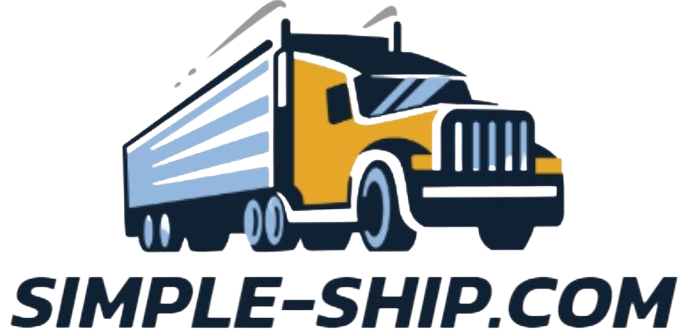What is shared truckload shipping?
What if there was a better way to ship your less-than-truckload freight?
Shared truckload, or STL shipping, is a smarter, faster, more sustainable option for shipments that don’t fill a trailer to capacity.
Like LTL, STL shipping allows businesses to combine freight with other shipments to optimize trailer capacity. By sharing trailer space, each shipper only pays for the portion of the trailer they use — helping you cut shipping costs by up to 20%. When you book an STL delivery, patented online freight technology uses machine learning to match shipments to available trucks in the same shipping lane, keeping routes terminal-free. Not only does this reduce the risk of damage or loss during transit, but it can also lead to faster transit times.
Shared truckload shipping can also help you reduce your company’s carbon footprint. Consolidated shipments mean fewer trucks traveling with under-utilized space, reduced fuel consumption, and up to 40% lower carbon emissions compared to traditional FTL shipping.
Similarities of shipping LTL vs. STL.
Both LTL and STL shipping involve combining multiple shipments on a single truck. These methods share several similarities.
- Cost Savings: Both strategies are cost-effective compared to booking a full truckload for smaller shipments.
- Consolidation: Both methods combine shipments from multiple customers into a single multi-stop truckload, so shippers can pay only for the space they use.
Key differences between shipping LTL vs. STL.
Because of their similarities, you may see the terms LTL and STL used synonymously in the media, but there are some key differences:
-
- Shipment Size: While LTL shipments face strict size limiations (typically up to 9 pallets), STL can accommodate larger cargo (up to 20 pallets) while still allowing shippers to only pay for the space they need.
- Freight Class: LTL cargo is assigned a specific freight class, which may affect pricing and weight allowances. STL, however, can accommodate a variety of freight types and leverages the truckload network, eliminating the need for confusing freight classes.
- Weight Restrictions: STL weight restrictions are far less stringent than LTL, providing more flexibility to accommodate heavier shipments.
- Accessorial Fees: When you ship LTL freight, you may incur additional charges such as re-weigh, re-class, or residential fees, and you may pay for accessorials like liftgates, notification calls, or inside delivery. With STL, you get the best rates without any unexpected expenses.
- Reliability: Shipping LTL can get your shipment out the door faster than FTL, but terminal stops can result in delays, damage, and loss. In fact, 89% of LTL shippers dealt with damaged freight in 2022 — and shippers paid an average of $1,988 for damaged and late LTL shipments. STL freight travels on a terminal-free route directly to its destination, so it isn’t handled during transit. The result is your shipment arrives intact and on time.
- Monitoring: Tracking LTL shipments can be complicated with distribution center stops and multiple trucks. STL shipments, on the other hand, stay on a single truck for the entire trip, making it easier to monitor its location at any given time.
- Environmental Benefits: By consolidating shipments and skipping energy-intensive terminals, STL can help reduce the number of trucks on the road, making STL an environmentally friendly option for smaller loads.

